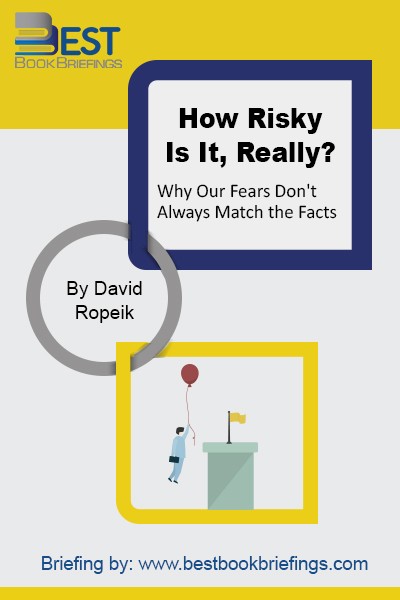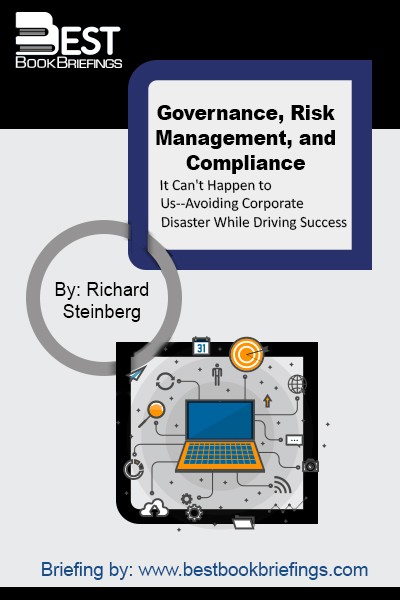Single Point of Failure
The Ten Essential Laws of Supply Chain Risk Management
Number of pages: 320
Publisher: John Wiley & Sons, INC.
BBB Library: Operations Management
ISBN: 9780470424964
Editorial Review
Single Point of Failure: The 10 Essential Laws of Supply Chain Risk Management uses analogies and dozens of case histories to describe the risk parasite that infects all supply chains while revealing methods to neutralize that parasite.
Book Reviews
Books on Related Topics

The attitude one has towards their business and towards their success or failure is a key component to lead a happy entrepreneurship and successful life. Entering an entrepreneurship can be and is a scary road trip for most, and never did it guarantee instant success. But those who come out strong

You’ve probably seen this phenomenon in your family or friends, or maybe even within yourself, where the fears don’t seem to match the facts. Sometimes we’re more afraid of what the scientific evidence suggests are relatively small risks, but quite often, we aren’t afraid enough of the risks that the evidence

Risk Management methods are many and are fairly new. They are growing in popularity. Some are well-established and highly regarded. Some take a very soft qualitative approach and others are rigorously quantitative. When such methods are measured rigorously, they don't appear to work. The answer for the second question is also

Any chief executive whose ship is sinking, with the lights dimming and music fading, is likely to ask, “How did this happen? How did I allow myself and my company to end up like this?” Directors of once great companies also find themselves asking similar questions. “Did I and my fellow



